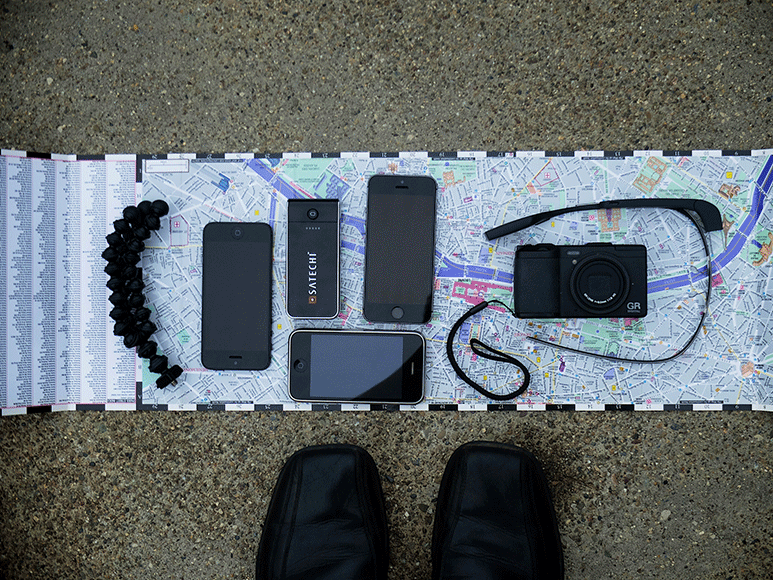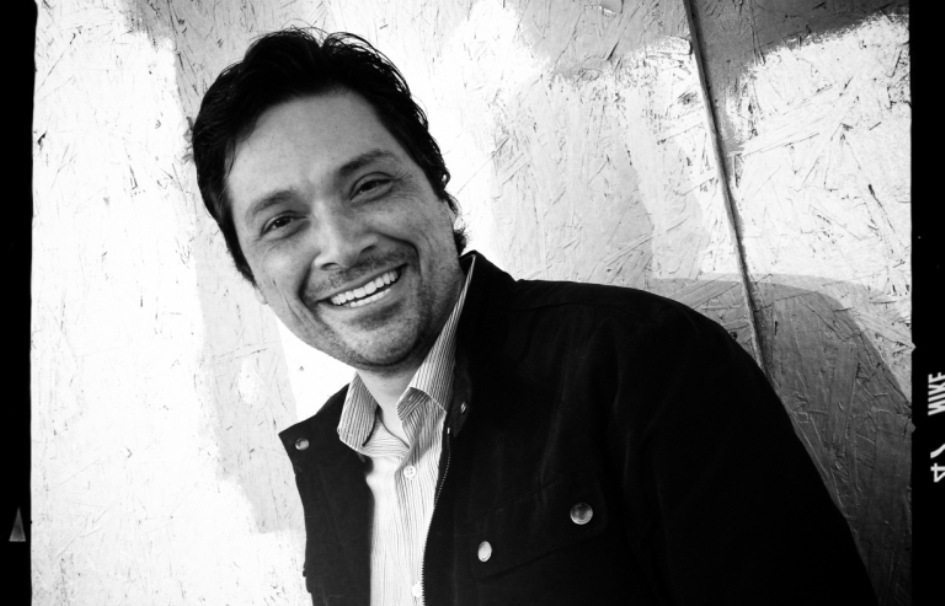TIME magazine named Richard one of the most popular photojournalists on the social network, with over 225,000 followers. When he’s not publishing photo essays in Wired, The New York Times or National Geographic, Hernandez teaches New Media at the prestigious Berkley University’s Journalism School, has workshops at Stanford University or master classes at TEDTalks. For 15 years, the photojournalist worked with San Jose Mercury News, but he collaborated with newsrooms and educational institutions all over the world.
Richard was one of the first photographers and multimedia artists who created an Instagram account. His iPhone street photography was included in art galleries and published in a photo book edited by National Geographic, named iPhone-Fotografie. His fans can buy his prints through Slate Contemporary Art Gallery.
As a street photographer, his philosophy towards cameras and equipment became “if it can’t fit in my pocket it’s not worth bringing”. Richard prefers his trusty Ricoh GR Digital and his primary tools – iPhone 3G (“I love using it as a kind of digital Holga”), 5 and 5S.

“Yes, I carry three iPhones with me at all times. I really don’t see it any differently than a photographer who carries a few bodies with them on assignment. Not to mention, they range in model and actually have very different characteristics,” Hernandez explained.
As of recently, Richard added the Google Glasses to his camera kit. “You can call me a Glasshole, I don’t really care, because having a camera basically mounted near my eye that snaps when I wink is just fucking awesome”.
According to him, we are in the midst of a dramatic revolution regarding how we create and consume information. The inclination towards the visual changed and restructured culture more than anything up until now. “From Instagram to iPhone and everything in between, I like to participate, research, learn and pass on everything I discover in this new era called Social Photography,” Richard said.
Richard encourages young photographers to experiment as many new technologies as possible and can always be found sharing new advice on YouTube.
A photo posted by Richard Koci Hernandez (@koci) on
Here are some of Richard’s thoughts on street photography and using new technologies:
- Photographers, embrace Instagram: “Smartphones have ushered in a golden age for photography. But disappointingly, much of the conversation has been focused on the device and the use of faux nostalgic filters rather than on how photographers can choose from a wide range of possibilities to be creative”.
- Don’t be taken aback by the apparent competition: “Photo apps won’t magically give Jane the smartphone photographer a better sense of composition, or lighting, or framing. The apps and filters only change a photo’s look and aesthetic feel. That doesn’t make it a better photo. If you put lipstick on a pig, it’s still a pig”.
- Don’t worry about being original: “Take the weight off your students’ shoulders that they have to create something new. There’s nothing new. Every story’s been done”.
- Throw yourself into your work: “Start where you are with reckless abandon. Work-life balance is overrated; just go down the rabbit hole and stay there”.
- Practice your craft: “If you aren’t shooting or practicing every day, you’ll fall behind so quickly”.
- Learn design: “I don’t care how good your story is; if you wrap a diamond in a newspaper — something that’s kind of crappy and doesn’t look so good — people will ignore it, but you could put something terrible in a blue tiffany box and people would be like, ’Oh, my god.’ We need to marry things so the outside and the inside are beautiful”.
